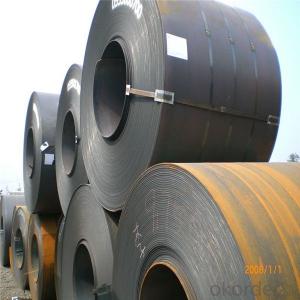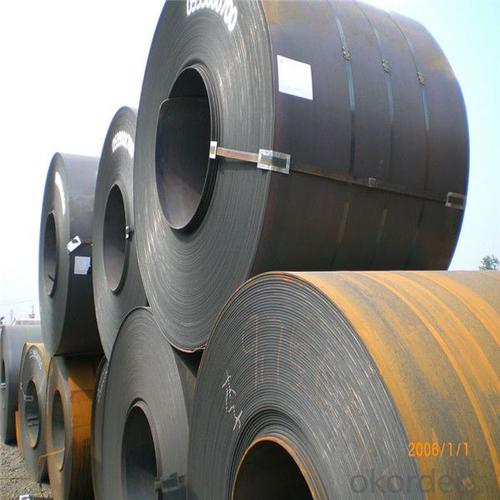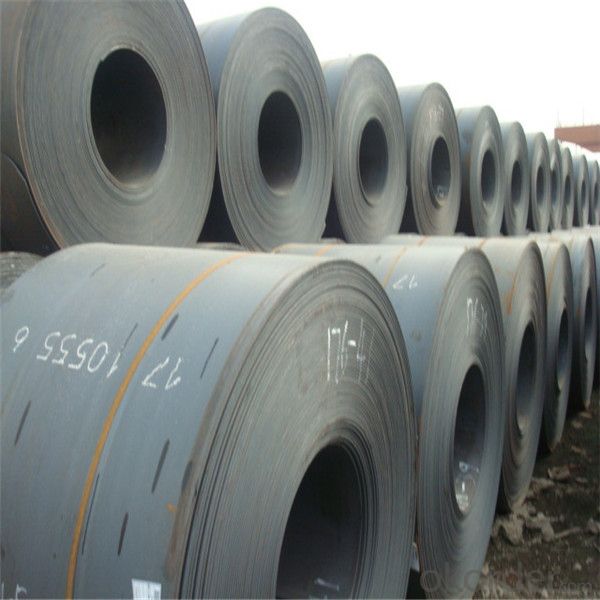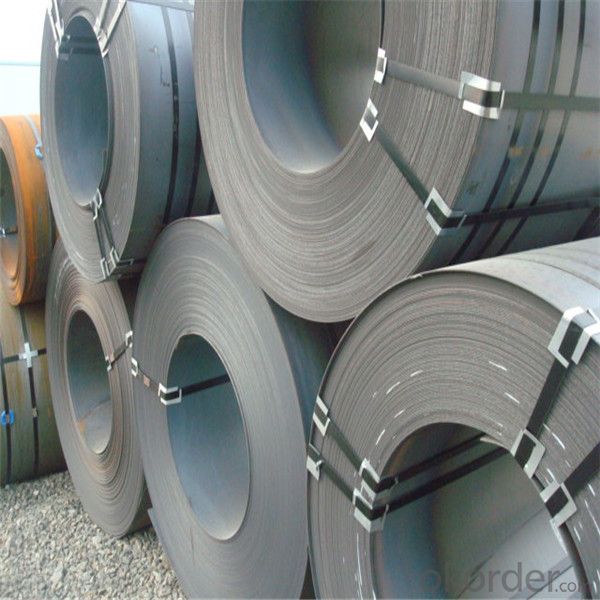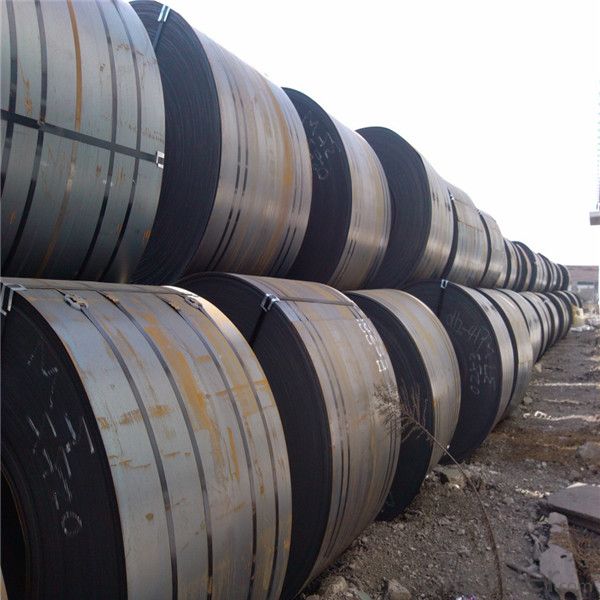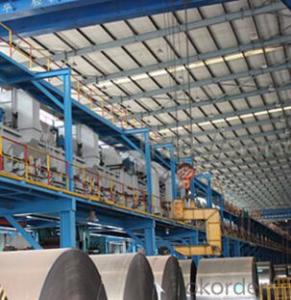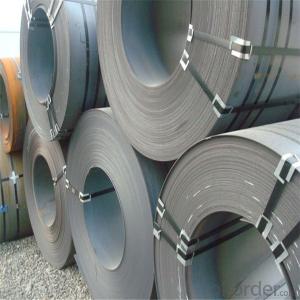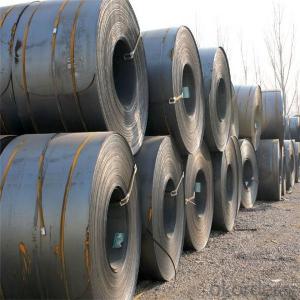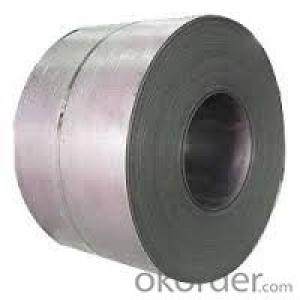Hot rolled pickled and oiled steel coil different grade
- Loading Port:
- Tianjin
- Payment Terms:
- TT OR LC
- Min Order Qty:
- 50 m.t.
- Supply Capability:
- 1101 m.t./month
OKorder Service Pledge
OKorder Financial Service
You Might Also Like
Specification
Hot Rolled Steel A rolling process at temperatures over 1,000 degrees Fahrenheit is use to create
hot rolled steel. Steel products in Massachusetts that have been processed in this manner will have a
blue-gray finish that feels rough to the touch.
Hot rolled steel actually reconfigures itself during the cooling process, giving the finished product
looser tolerances than the original material and when compared to cold rolled steel products.
Hot rolled steel is more malleable, allowing it to be forced into a variety of different shapes.
.
Standard and Grade :
Hot rolled steel coils | ||||
JIS | ASTM | SAE | EN | |
Commercial quality | G3131 SPHC | A569 A635 A659 A1011 CS Type A,B,C | 1006~1025 |
10111 DD11 |
Drawing quality | G3131 SPHD | 1006~1010 | 10111 DD12 | |
Deep drawing quality | G3131 SPHE | A622 A1011 DS Type A,B | 1006~1010 | 10111 DD13 DD14 |
General structure (T.S.<490N/MM2) | G3101 SS330 SS440 G3106 SM400A G3132 SPHT1 SPTT2 SPHT3 | A36 A283 GR.C A570 GR.30~40 A1001 SS GR.30~40 |
1010~1025 | |
General structure (T.S.≥490N/MM2) | G3101 SS490 G3106 SM490A SM490YA | A570 GR.45~50 A607 GR.45~70 A1011 SS GR.45,50 |
J1392 050X | |
|
Application :
Automobile Industry, electrical appliance, machinery manufacturing, container manufacturing, shipbuilding,
bridge, pipeline, and receive high acclaim from our customers for its excellent quality.
Packing:
Packaging Detail | The packing of coil consists of anti-damp paper ,PVC film ,hardboard paper , steel box , strapped with steel strips, fitted with locks and edge protectors and guarantees the optimal condition of the delivered goods. Each coil can be additionally fitted with wooden/steel skids(eye of the side) or wooden pallets(eye of the sky) |
Delivery Time | within 30 days of receipt of LC original or prepayment |
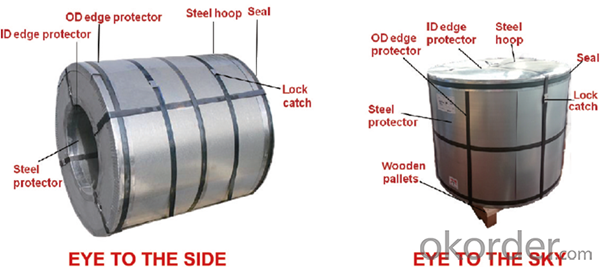
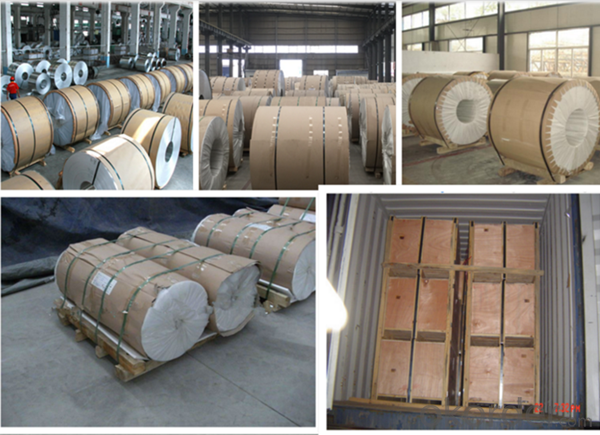
Our Services
MOQ | FCL, 25 metric tons per 20GP, can be assorted with different sizes. |
LCL for trial order is acceptable. | |
Price Term | EX-WORK, FOB China Port, CNF, CIF |
Payment | T/T, 30% advanced payment before production and balance before shipment; OR Irrevocable L/C at sight. |
Delivery Time | within 30 days of receipt of LC original or prepayment |
FAQ:
1. Can you offer OEM to me? What about MOQ?
Of course, we are a professional with OEM manufacturer for 9 years. the MOQ can be 50 ton/ order..
2. How to guarantee the quality of the products?
We have established the international advanced quality management system,every link from raw
material to final product we have strict quality test;We resolutely put an end to unqualified products
flowing into the market. At the same time, we will provide necessary follow-up service assurance.
3. How long can we receive the product after purchase?
Usually within thirty working days after receiving buyer’s advance payment or LC. We will arrange the
factory manufacturing as soon as possible. The cargo readiness usually takes 15-25 days, but the
shipment will depend on the vessel situation.
4.Q: What is your terms of payment ?
We prefer LC at sight and 30%T.T in advance ,balance after the copy of B/L
- Q: How is the thickness of a steel coil measured?
- The thickness of a steel coil is typically measured using a device called a thickness gauge or micrometer. This tool consists of a calibrated mechanical or digital system that measures the distance between two opposing surfaces of the steel coil. By placing the gauge on the coil and applying pressure, the thickness can be accurately determined.
- Q: I asked a question last week about stainless steel and got some great answers. I combed all over the internet to try to figure this one out but could not find anything. What resists bending better: chrome vanadium steel (i.e. a steel commonly used to make tools) or stainless steel 304. My guess would be the chrome vanadium alloy but thats just a guess. Which on resist's bending better and by how much (#'s please :-)). Also, if anyone knows if chrome vanadium steel is cheaper than stainless steel 304 that would be awesome? I can't find a price per pound on chrome vanadium steel anywhere! Please help. Thanks in advance-Josh
- Fill the pot up w/cold water to cover the burned on rice. Bring it up to a boil. Do it again w/some high powered soap in the mix. This time let the water sit in the pan until its luke warm, dump it out and scrub it up w/the plastic scouring pad. You should be all set.
- Q: How are steel coils used in the manufacturing of exhaust systems?
- Steel coils are used in the manufacturing of exhaust systems as they provide the necessary material for forming and shaping various components such as pipes, mufflers, and catalytic converters. These coils are typically processed through cutting, bending, and welding techniques to create the required shapes and sizes for the different parts of an exhaust system.
- Q: Ok, I need two negative facts about steel wheels and two for aluminum wheels. im designing a wheel for a project in design and draw for production class. Also if you find a web site that you got the info from plz refrence it i need to write down the source of the info, but if you can't its ok. Thanks
- Negative facts for steel wheels: (1) Not as many style choices as aluminum. (2) Rust easily even when painted or powder coated, due to rock chips. (3) Heaver than aluminum, as far as fuel economy. Negative facts for aluminum wheels: (1) More sensitive to proper torquing of lug nuts. IE torque must be checked more often. (2) Susceptible to impact damage from road hazards much more than steel. (3) Need constant attention to prevent oxidation. Are these what you are looking for? I hope so. Wingman
- Q: Can steel coils be coated with chemical-resistant materials?
- Yes, steel coils can be coated with chemical-resistant materials. These coatings are designed to protect the steel surface from the corrosive effects of chemicals or other harsh substances. The chemical-resistant coating forms a barrier that prevents the chemicals from directly interacting with the steel, enhancing its durability and longevity.
- Q: I am looking for steel. I need a lot.
- Ryerson-Tull sells all sorts of steel. As does Liebovitch. I'm not what the phone numbers are to these places, but I'm sure you could find them on the internet.
- Q: For example, (and this is weird) if I were wearing a steel collar and I needed some way to remove it, with limited supplies.Force is difficult because it would be around my neck.Chemical cominations are great- but they have to use VERY common products. And I'm not sure what to use.Other ideas?
- Your best bet would be a grinding wheel attached to a small electric motor. Even if you slipped, your skin is too soft to be cut by the dull wheel. Steel, however, is easily cut. But perhaps you don't have access to electricity or pressurized air to run such a tool. In that case, a simple file would work well, though you'd be somewhat more likely to injure yourself. If you had no tools, but access to whatever chemicals you wanted, you could try a weak acid. This would take a long time, and require constant scrubbing to bring fresh acid into the pits in the metal, but it would eventually eat through the collar.
- Q: Perform three sets of 15 repetitions several times a week and you will soon have buns of steel.
- That particular exercise will develop the buttock muscles, or the gluteous maximus. In other words, your butt, sometimes referred to as buns, along with many other euphemisms.
- Q: What are the common welding methods used for steel coils?
- There are several common welding methods used for steel coils, depending on the specific requirements and applications. Some of the most widely used methods include: 1. Shielded Metal Arc Welding (SMAW): Also known as stick welding, SMAW uses an electrode coated in flux to create an arc between the electrode and the base metal. This method is commonly used for its simplicity and versatility, making it suitable for a wide range of steel coil welding applications. 2. Gas Metal Arc Welding (GMAW): Also known as MIG (Metal Inert Gas) welding, GMAW uses a continuous wire electrode and a shielding gas to protect the weld pool from atmospheric contamination. This method is favored for its high welding speed and excellent control over the welding process. 3. Flux-Cored Arc Welding (FCAW): Similar to GMAW, FCAW uses a continuously fed tubular electrode filled with flux to protect the weld pool. This method is often preferred for its high deposition rates and ability to weld thicker steel coils, making it ideal for heavy-duty applications. 4. Gas Tungsten Arc Welding (GTAW): Also known as TIG (Tungsten Inert Gas) welding, GTAW uses a non-consumable tungsten electrode and an inert gas shield to protect the weld pool. This method is commonly used for its precise control, high-quality welds, and ability to weld thin materials. 5. Submerged Arc Welding (SAW): SAW involves the formation of an arc between a continuously fed wire electrode and the steel coil, while a granular flux covers the arc and weld area. This method is frequently used for its high productivity and ability to weld thick materials. Each of these welding methods has its own advantages and limitations, and the choice of method depends on factors such as the thickness of the steel coil, desired welding speed, weld quality, and application requirements.
- Q: What are the common transportation defects in steel coils?
- There are several common transportation defects that can occur in steel coils. One of the most common is coil damage caused by improper handling or securing during transportation. This can result in dents, scratches, or even tears in the steel. Another common defect is coil edge damage, which can occur if the coils are not properly protected or if they rub against each other during transit. This can lead to deformation or even breakage of the coil edges. Additionally, coil shifting is another common defect, which happens when the coils are not properly secured or braced, causing them to move and shift during transportation. This can result in misalignment or damage to the coils. Finally, coil corrosion is a common defect that can occur if the coils are exposed to moisture or other corrosive elements during transportation. This can lead to rust and deterioration of the steel. Overall, proper handling, securing, and protection measures are crucial in order to prevent these common transportation defects in steel coils.
Send your message to us
Hot rolled pickled and oiled steel coil different grade
- Loading Port:
- Tianjin
- Payment Terms:
- TT OR LC
- Min Order Qty:
- 50 m.t.
- Supply Capability:
- 1101 m.t./month
OKorder Service Pledge
OKorder Financial Service
Similar products
Hot products
Hot Searches
Related keywords
